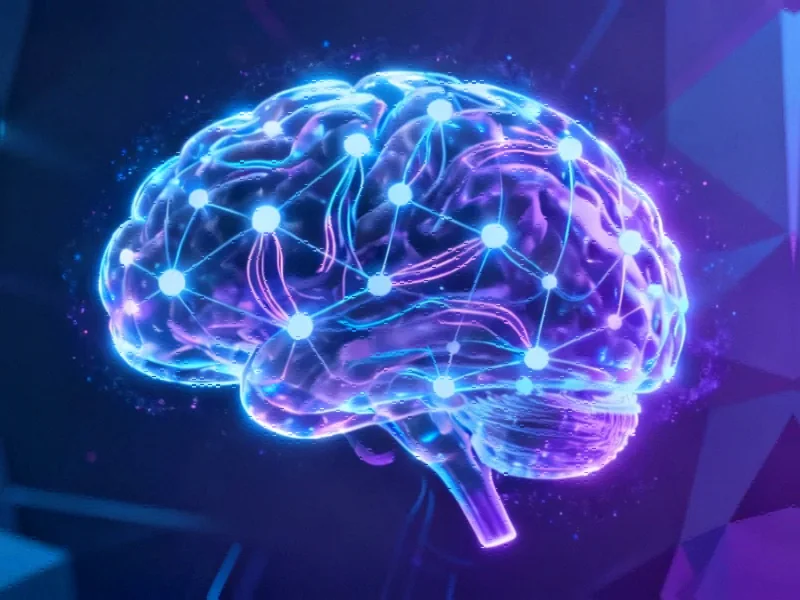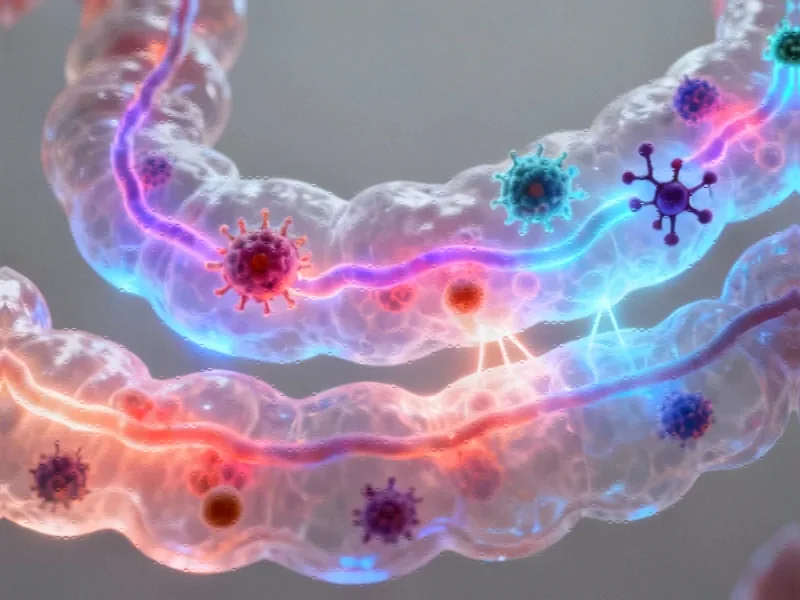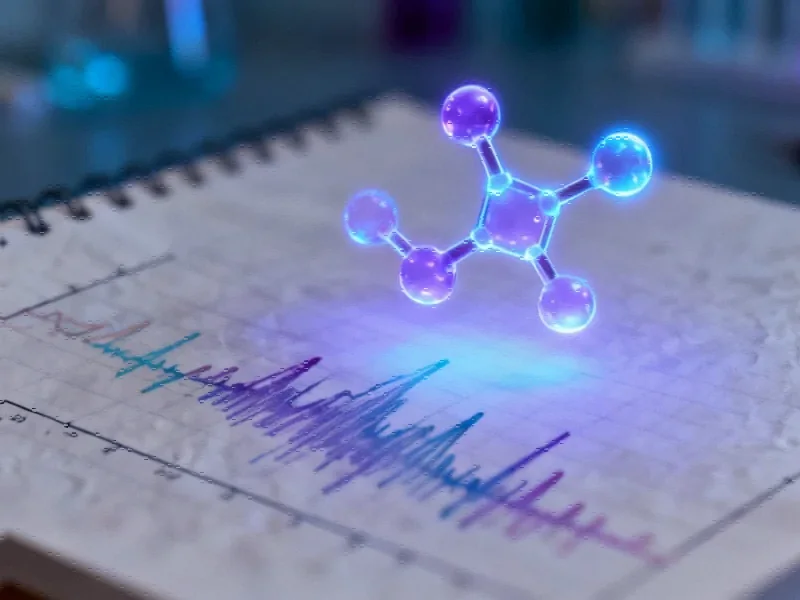The Crystal-Based Kill Switch in Cellular Defense
Scientists have uncovered a remarkable biological mechanism where cells maintain a dormant self-destruct system that activates within minutes of viral invasion. This discovery reveals how approximately 100 specialized immune proteins remain in standby mode within every cell, poised to initiate an immediate defensive response when pathogens breach cellular defenses. Unlike traditional immune responses that involve complex signaling pathways, this system operates through protein crystallization that triggers rapid cell death.
How the Crystal Trigger Works
When viruses enter a cell, they inadvertently seed the formation of protein crystals. The waiting immune proteins instantly cluster around these seeds, forming a structural scaffold that brings caspase enzymes into close proximity. This proximity activation is crucial – caspases only become active when gathered together, immediately initiating a form of cell death called pyroptosis. Unlike the controlled process of apoptosis, pyroptosis triggers inflammation, serving as both a defense mechanism and an alarm system to alert surrounding cells.
Randal Halfmann, associate investigator at the Stowers Institute for Medical Research, explains the significance: “What we found, in essence, is that the cells are literally waiting to die all the time. This represents a fundamental shift in how we understand cellular decision-making and defense strategies.”
Beyond Individual Proteins: Collective Behavior in Cellular Decision-Making
The research, conducted in both yeast cells and human cell lines, demonstrates how proteins can act collectively rather than individually. D. Allan Drummond, a molecular biologist at the University of Chicago not involved in the study, notes that this represents a paradigm shift: “We’re in this explosion of discovery, realizing that these individual molecules that we’ve studied so well are coming together into larger structures that are not bound by membranes.”
This collective behavior enables rapid decision-making that traditional genetic signaling pathways cannot match. The speed is essential – if cells relied solely on gene activation pathways, agile viruses could hijack cellular machinery before defensive measures could be implemented. This immediate response mechanism represents one of many related innovations in understanding biological systems that operate at incredible speeds.
Spontaneous Activation and Cellular Lifespan
Perhaps most intriguing is the discovery that these immune proteins will spontaneously crystallize over time, even without viral triggers. Halfmann’s team quantified this phenomenon across different human cell types and found a direct correlation between protein concentration and normal cell turnover rates. “What this means is that if you wait long enough, every cell will die via this mechanism because even if a virus doesn’t get into the cell, it will happen at some frequency spontaneously,” Halfmann explains.
This spontaneous activation appears to be programmed into cellular biology. Cells with faster turnover rates, such as certain blood cells replaced every few days, contain higher concentrations of these proteins compared to long-lived neurons. The findings suggest this mechanism may contribute to age-related inflammation and cellular aging, connecting to broader industry developments in understanding biological processes.
Evolutionary Origins and Modern Implications
The crystal-trigger mechanism represents an ancient defense strategy found in the earliest animals and even in bacteria. Halfmann notes the evolutionary logic: “If you’re a single-celled organism, there’s no drive to kill yourself. But when you’re part of a community and you’re compromised by a phage, then it absolutely makes sense to kill yourself because you’re related to everybody around you.”
This understanding of biological defense mechanisms parallels advances in other fields, including how recent technology helps us understand complex systems. The research opens potential therapeutic avenues – preventing protein crystallization could extend cellular lifespan and reduce inflammation, though this would come with the trade-off of weakened immune defenses.
Broader Significance for Biomedical Research
The discovery challenges conventional wisdom about protein aggregation. While solid protein clumps are typically associated with pathological conditions like Alzheimer’s disease, this research demonstrates they can serve essential biological functions. “In order to be useful, their whole job is to be this irreversible, downhill, spontaneous reaction that allows the cell to make decisions that include killing the cell,” Drummond emphasizes.
Structural biologists had previously observed similar protein behavior in test tubes, but the cellular context was missing. Bostjan Kobe, a protein structural biologist at the University of Queensland in Australia, highlights the importance of Halfmann’s approach: “What was really lacking was: ‘Does this really happen in the cell?’ That’s why this work was really interesting – because it came at the problem from a completely different angle.” For those interested in the complete findings, detailed coverage of the immune system’s crystal trigger mechanism provides additional technical insights.
This research not only illuminates a fundamental cellular defense mechanism but also suggests new approaches to understanding inflammation, aging, and cellular decision-making. As scientists continue to explore these protein interactions, they may uncover additional examples of how apparent cellular “flaws” actually represent sophisticated biological strategies refined through millions of years of evolution.
This article aggregates information from publicly available sources. All trademarks and copyrights belong to their respective owners.
Note: Featured image is for illustrative purposes only and does not represent any specific product, service, or entity mentioned in this article.



